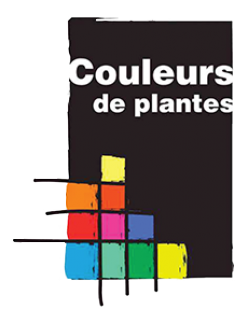Indicative color
brown-orange
Product available in catalog

Plant extract (ref C31)
Scientific name: Lawsonia inermis L.
French name: Henné
English name: Henna
Botanical origin: Western India
Crop production: India, Morocco
Part of plant used: dried leaves
Nomenclature
N° CAS: 84988-66-9
N° EINECS: 284-854-1
INCI name: Lawsonia inermis extract
Documents available
- Analysis report
- Technical specifications
- Material Safety Data Sheet
- Raw material information data sheet
Historical importance
The use of the dye henna plant is very old, Egyptian women mummies found in tombs had dyed henna nails.
Henna is quoted in the Bible as kofer for its fragrance properties.
Andalusian poetry of the eleventh century sings henna as a hair and body dye, and as a textile dye. The dye was identified in textiles from the 15th to the 19th century in different parts of the world
Today henna is widely used as ceremonial body painting (hair, nails, skin tattoo).
Phytochemistry
The main coloring molecule is the lawsone red-orange. Dried leaves contain from 0,5% to 3% of their weight.
One can also find some flavonoïds,: lutheolin, apigenin, acacetin.
Crop production – Manufacturing
Henna is a shrub from India and spread widely in all tropical and subtropical regions. We do have producer partners in South India and Morocco
We manufacture Henna extract in France.

 Online shop
Online shop Private space
Private space Recherche
Recherche Request
Request